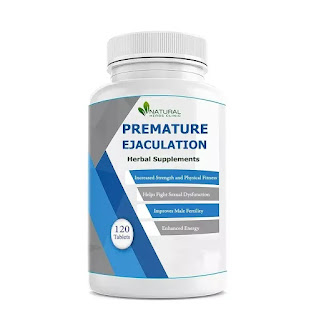Operative Herbal Treatment for To Cure Sebaceous Cysts
1. Introduction: Understanding Sebaceous Cysts
Sebaceous cysts are non-cancerous growths that commonly occur on the skin. They form when the sebaceous glands, which are responsible for producing the skin's natural oils, become blocked or damaged. The trapped oil builds up, leading to the development of a cyst. Sebaceous cysts can appear on various parts of the body, such as the face, neck, scalp, and trunk. While they are typically painless, they can become inflamed or infected, causing discomfort and requiring medical attention. Home Remedy for Sebaceous Cyst are very essential in this conditon.
2. Causes and Symptoms of Sebaceous Cysts
The exact cause of sebaceous cysts is often unknown, but they can arise due to factors such as:
- Excessive production of sebum
- Hormonal imbalances
- Hair follicle damage
- Genetic predisposition
- Skin trauma or injury
The symptoms of sebaceous cysts include:
- A small, round bump under the skin
- A visible blackhead or central pore
- Thick, yellowish or white discharge
- Redness, swelling, or tenderness in the affected area
- In rare cases, pain or discomfort
- Herbal Supplement for Sebaceous Cyst, Curing Sebaceous Cyst Naturally, Reduce the size of Sebaceous Cyst
3. Conventional Treatment Options
In many cases, sebaceous cysts do not require treatment and may resolve on their own. However, if a cyst becomes infected, causes pain, or affects a person's appearance, medical intervention may be necessary. Conventional treatment options include:
- Incision and drainage: A healthcare professional makes a small incision in the cyst and removes the contents, relieving discomfort and promoting healing.
- Corticosteroid injections: Injections of corticosteroids can reduce inflammation and shrink the cyst.
- Surgical excision: For large or recurrent cysts, surgical removal may be necessary to prevent future complications.
4. Herbal Treatment for Sebaceous Cysts: An Overview
Herbal Supplements for Sebaceous Cyst offer a natural alternative for managing sebaceous cysts. They can help reduce inflammation, inhibit bacterial growth, and promote the healing process. Here are some herbs commonly used for treating sebaceous cysts:5. Beneficial Herbs for Treating Sebaceous Cysts
5.1. Tea Tree Oil
Tea tree oil possesses potent antimicrobial properties that can help prevent and treat infections associated with sebaceous cysts. It also aids in reducing inflammation and accelerating the healing process.
5.2. Aloe Vera
Aloe vera has soothing and anti-inflammatory properties, making it an excellent option for relieving discomfort and promoting healing in sebaceous cysts. Its gel can be directly applied to the affected area.
5.3. Witch Hazel
Witch hazel acts as an astringent, helping to cleanse the affected area and reduce swelling. It can be applied topically in the form of a compress or solution.
5.4. Calendula
Calendula possesses antibacterial properties and can aid in wound healing. It is available in the form of creams or ointments and can be applied to the cyst to facilitate recovery.
5.5. Turmeric
Turmeric contains curcumin, a compound known for its anti-inflammatory and antioxidant properties. Applying a turmeric paste on the cyst can help alleviate inflammation and promote healing.
5.6. Echinacea
Echinacea boosts the immune system and has anti-inflammatory properties. It can be consumed in the form of a tincture or applied topically to enhance the healing process.
5.7. Neem
Neem possesses antibacterial and antifungal properties, making it effective in preventing and treating infections associated with sebaceous cysts. Neem oil can be directly applied to the affected area.
6. How to Use Herbal Remedies for Sebaceous Cysts
When using Home Treatment for Sebaceous Cyst it is essential to follow proper application techniques. Here are some methods for using the aforementioned herbs:
6.1. Tea Tree Oil Application
Dilute tea tree oil with a carrier oil and apply it to the cyst using a clean cotton ball. Repeat this process two to three times daily until the cyst improves.
6.2. Aloe Vera Gel Application
Extract the gel from an aloe vera leaf and apply it directly to the cyst. Leave it on for 20-30 minutes before rinsing off. Repeat this process twice daily for optimal results.
6.3. Witch Hazel Compress
Soak a clean cloth in witch hazel solution and apply it to the cyst. Leave it on for 10-15 minutes, then remove. Repeat this process several times a day to reduce swelling.




Comments
Post a Comment